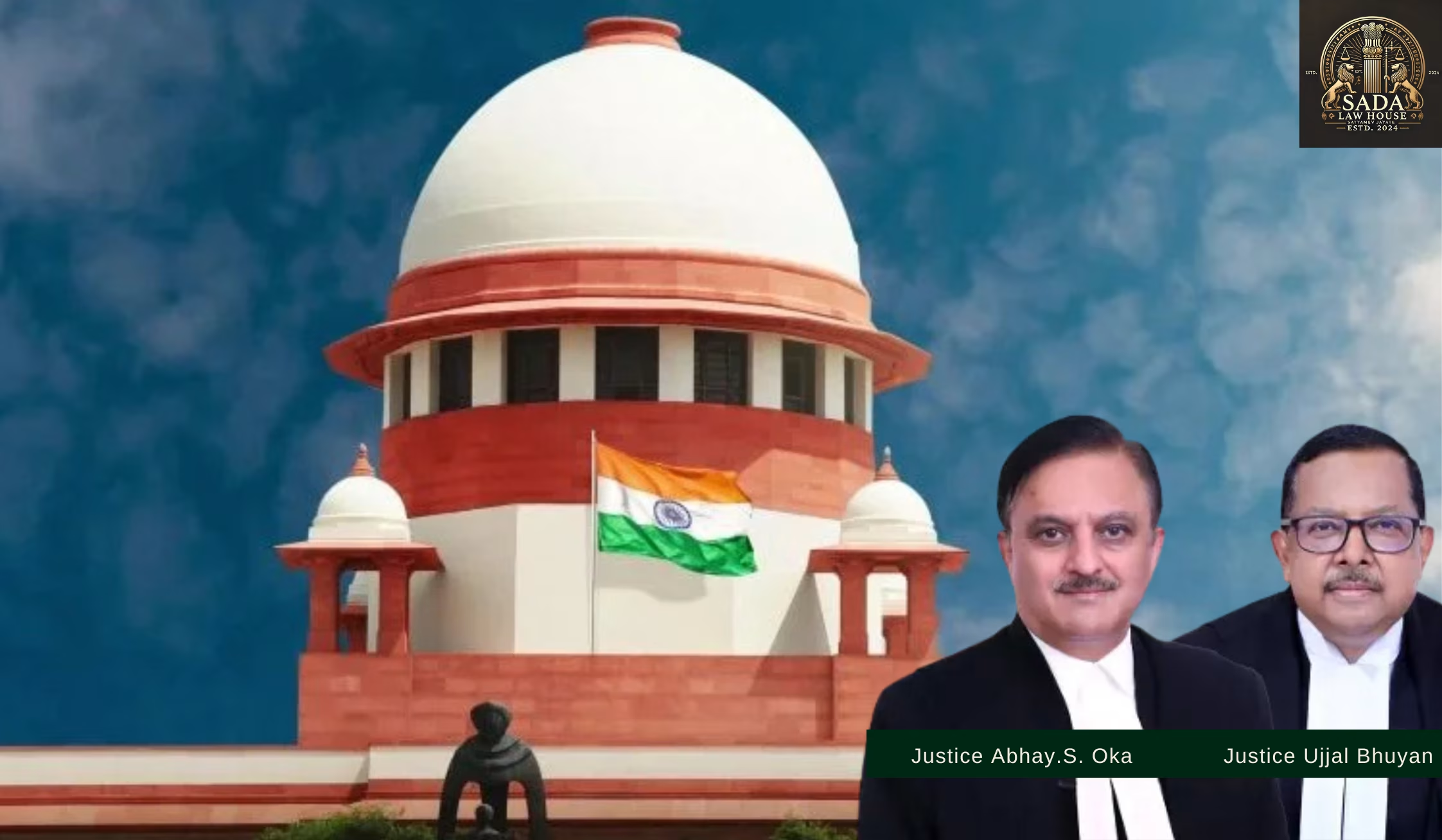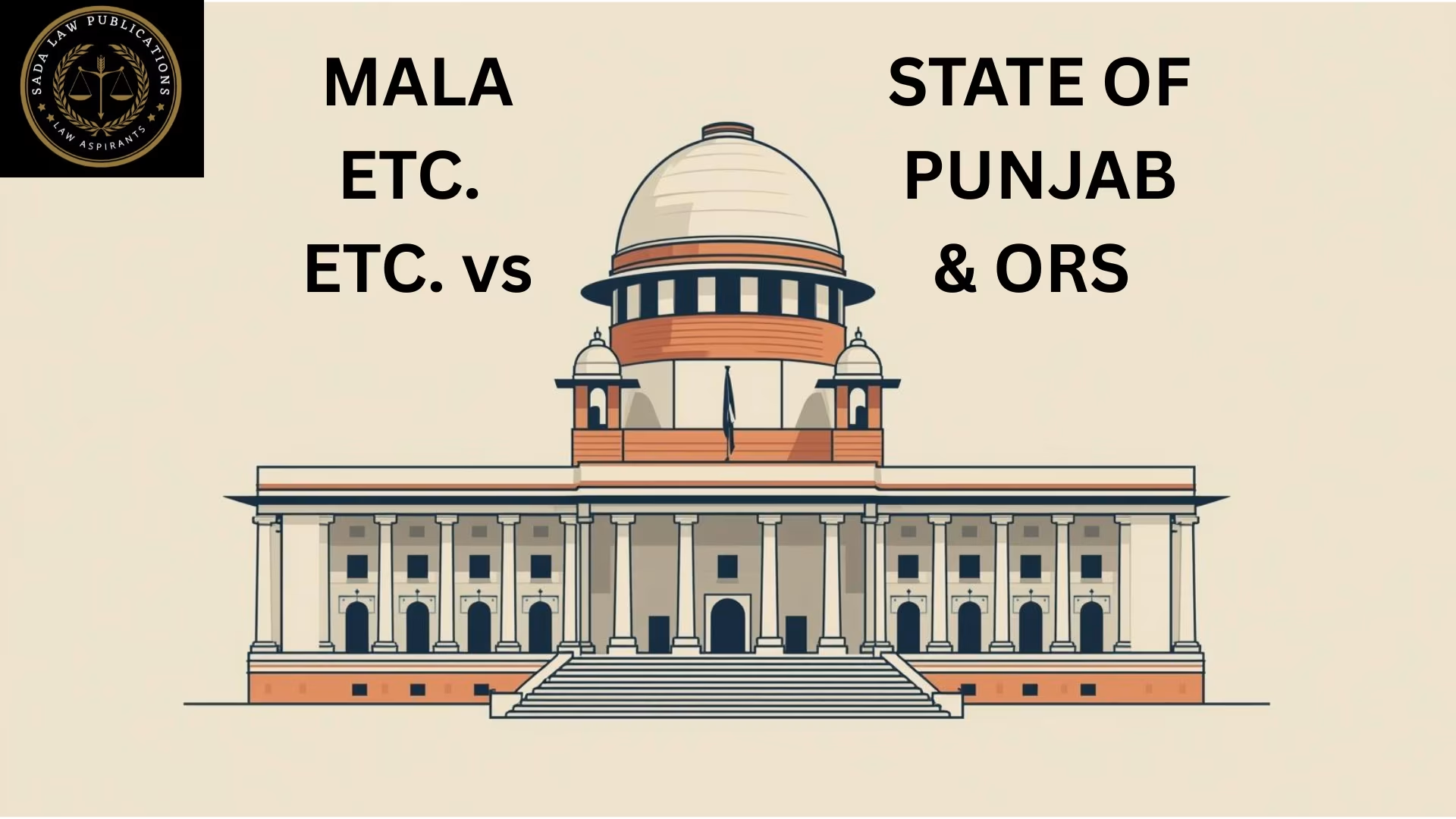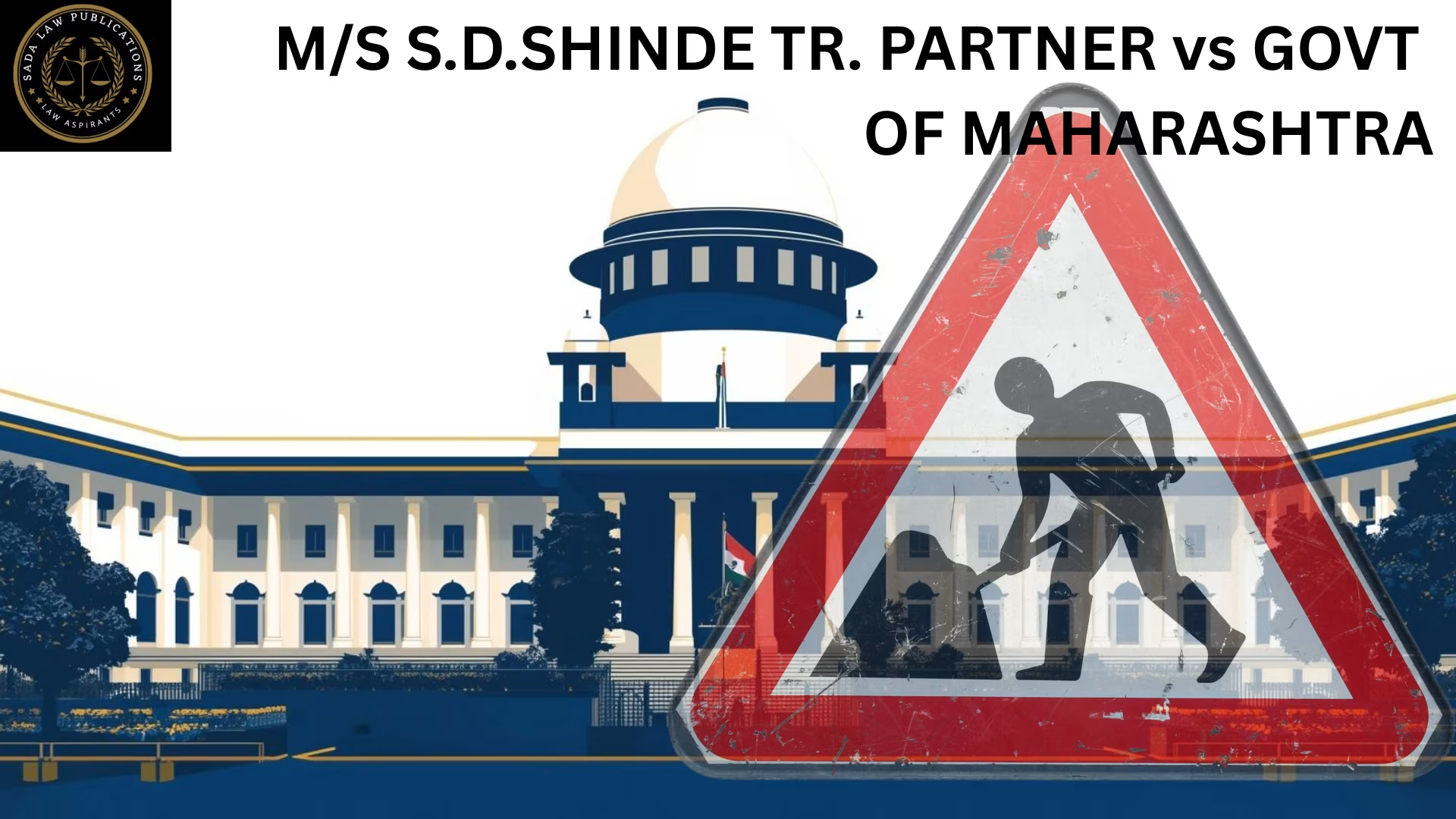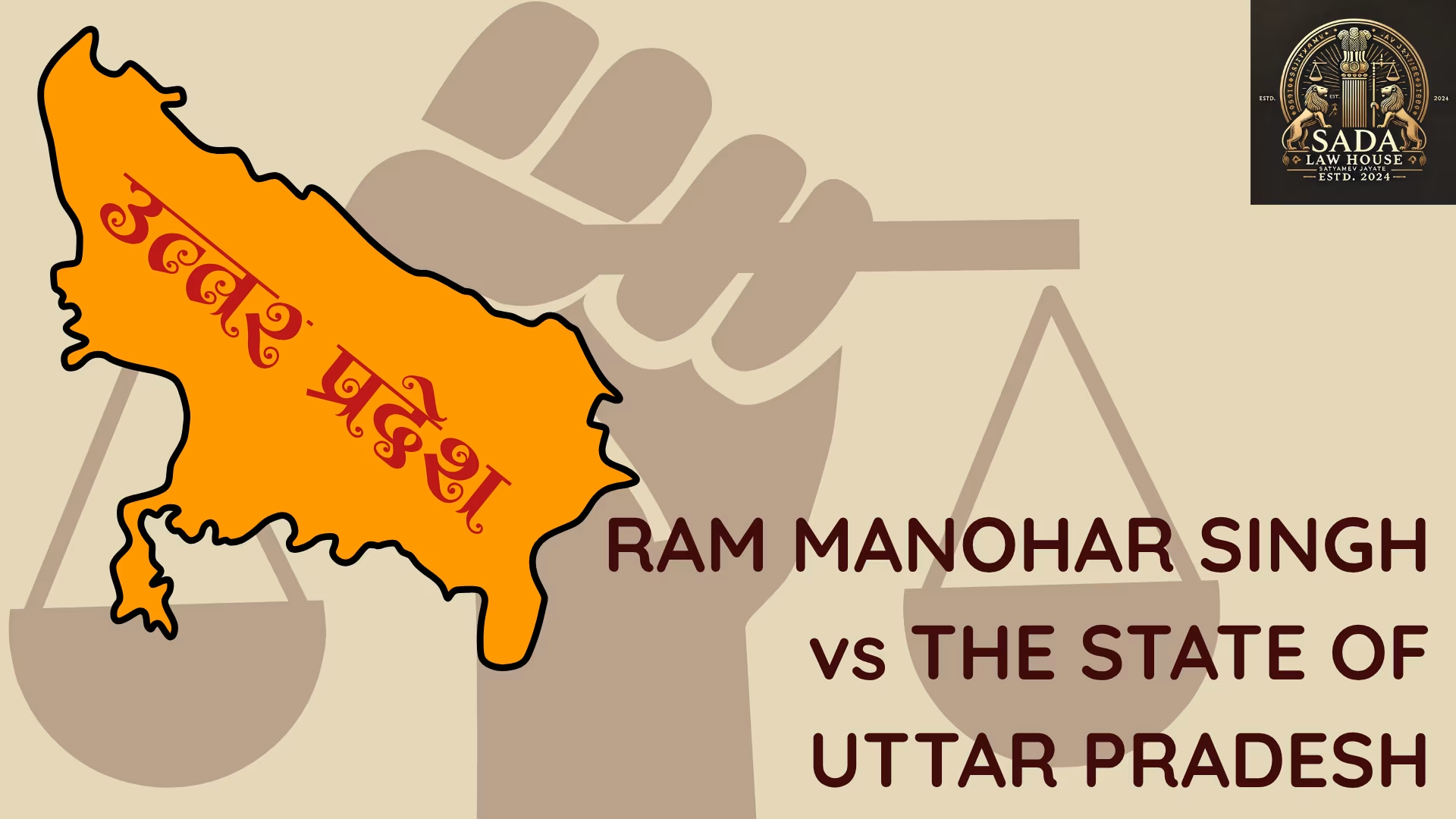Supreme Court Judgment on ED’s Arrest Powers Under PMLA: No Arrest After Special Court Cognizance | Tarsem Lal Case Analysis 2024
- REHA BHARGAV
- 02 June 2025

Discover the landmark Supreme Court judgment on May 16, 2024, clarifying that the Enforcement Directorate (ED) cannot arrest an accused after the Special Court takes cognizance under the Prevention of Money Laundering Act (PMLA). Learn about bail provisions, judicial oversight, and the balance between enforcement and fundamental rights.
Introduction: Understanding ED’s Arrest Powers Under PMLA
On May 16, 2024, the Supreme Court of India delivered a crucial judgment in the case of Tarsem Lal v. Directorate of Enforcement Jalandhar Zonal Office. This ruling addresses the powers and limitations of the Enforcement Directorate (ED) when arresting accused individuals under the Prevention of Money Laundering Act (PMLA). The judgment emphasizes due process, the role of Special Courts, and safeguards to protect individual liberties in money laundering investigations.
Facts of the Case
In June 2023, Tarsem Lal was accused of money laundering related to illegal land allotments in Punjab. The ED registered a case under the PMLA, and the Special Court took cognizance. Lal failed to appear in court, leading to warrants and rejection of his anticipatory bail by the Punjab and Haryana High Court under stringent PMLA conditions. Lal challenged this before the Supreme Court of India, raising questions about the ED’s arrest powers post-cognizance and bail rights under the PMLA and the Code of Criminal Procedure, 1973 (CrPC).
Key Legal Issues Addressed
Can the ED arrest an accused under Section 19 of the PMLA after the Special Court has taken cognizance?
How does anticipatory bail under Section 45 of the PMLA interact with bail provisions under the CrPC?
Does furnishing bonds under Section 88 of the CrPC equate to bail under the PMLA?
Arguments from Both Sides
Petitioner’s Arguments
The ED loses arrest powers under Section 19 of the PMLA once the Special Court takes cognizance.
Anticipatory bail under PMLA should protect accused from arbitrary arrest.
Bonds under Section 88 CrPC are not equivalent to PMLA bail.
Denying anticipatory bail violates fundamental rights like liberty and fair procedure.
Judicial oversight is necessary to prevent misuse of ED’s arrest powers.
Respondent’s Arguments
ED’s power to arrest continues even after cognizance.
Strict bail conditions under Section 45 PMLA must be applied.
Bonds under Section 88 CrPC amount to bail, triggering PMLA bail conditions.
Robust enforcement is essential to combat money laundering effectively.
All actions comply with law; no fundamental rights violations occurred.
Supreme Court Judgment Highlights
ED Cannot Arrest After Cognizance
The Supreme Court of India ruled that after a Special Court takes cognizance under Section 44(1)(b) of the PMLA, the ED cannot arrest the accused under Section 19 without the Court’s permission. Arrests beyond this stage are unlawful.
Bail Provisions under CrPC Prevail Post-Cognizance
Post-cognizance, bail procedures follow the CrPC (Sections 437, 439), not the stringent “twin conditions” under Section 45 of the PMLA. This provides more accessible bail options for the accused.
Bonds Under Section 88 CrPC Are Not Bail
The Court clarified that furnishing a bond to ensure appearance is not the same as bail under PMLA, rejecting the ED’s claim equating the two.
Protection of Fundamental Rights
The judgment emphasized protecting personal liberty and ensuring enforcement agencies act within legal limits.
Conclusion: Impact of the Tarsem Lal Judgment on PMLA Enforcement
This Supreme Court decision marks a pivotal point in PMLA jurisprudence. It restricts the ED’s arrest powers after Special Court cognizance, upholds judicial oversight, and prioritizes fundamental rights and due process. By allowing CrPC bail provisions to apply post-cognizance, the Court balances effective crime control with protection against arbitrary arrests in money laundering cases.
Case Laws






